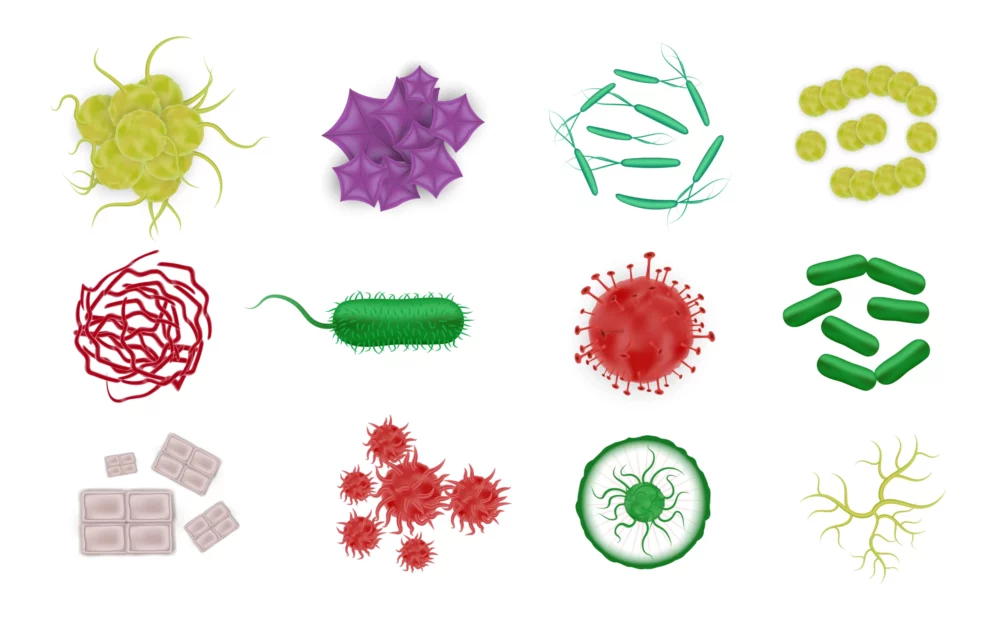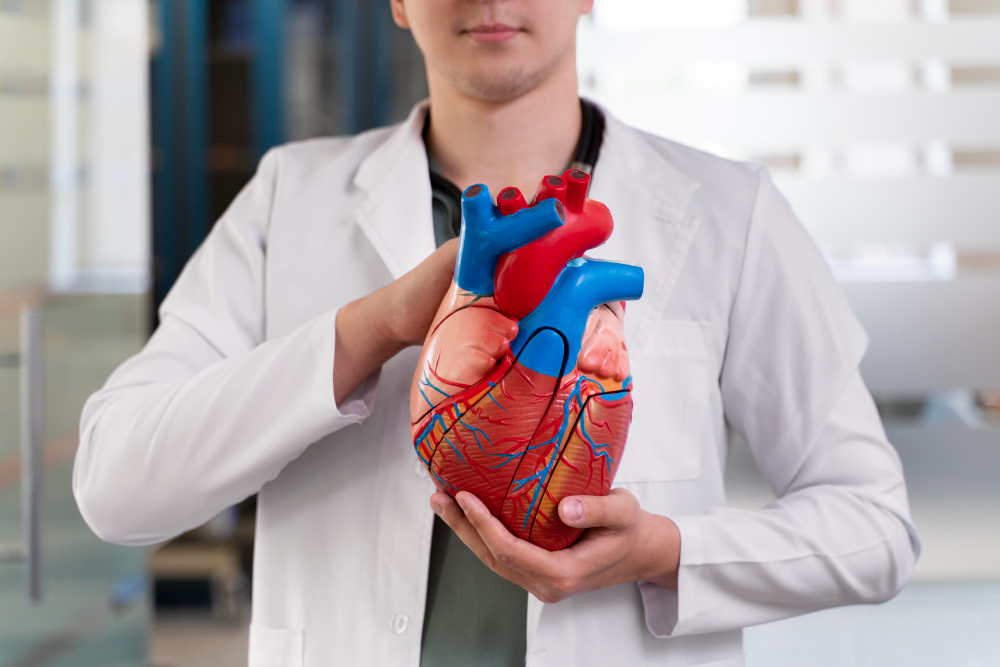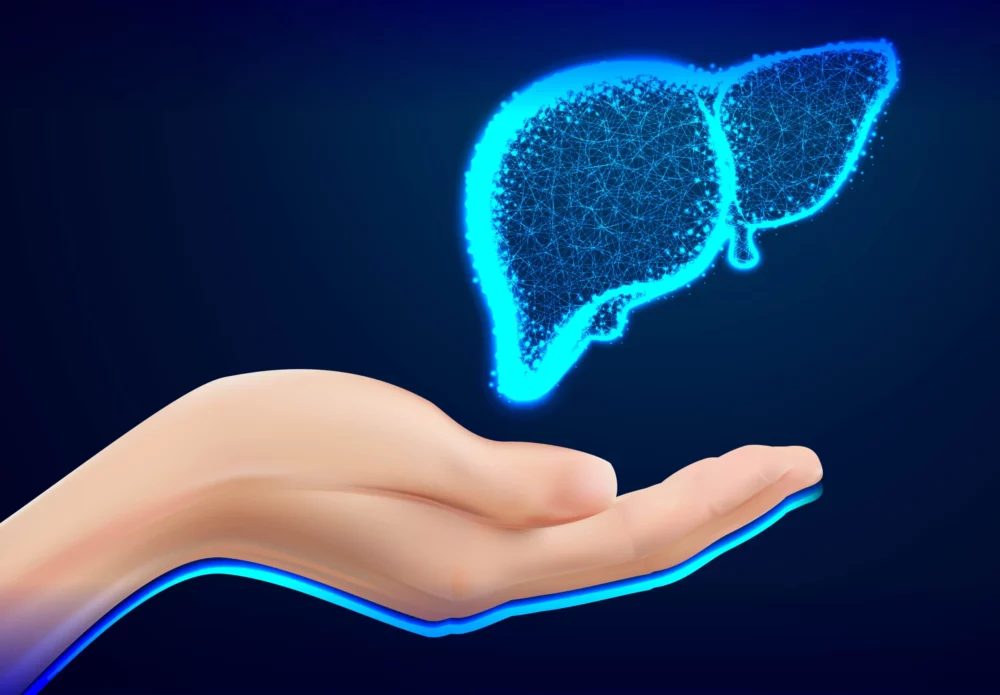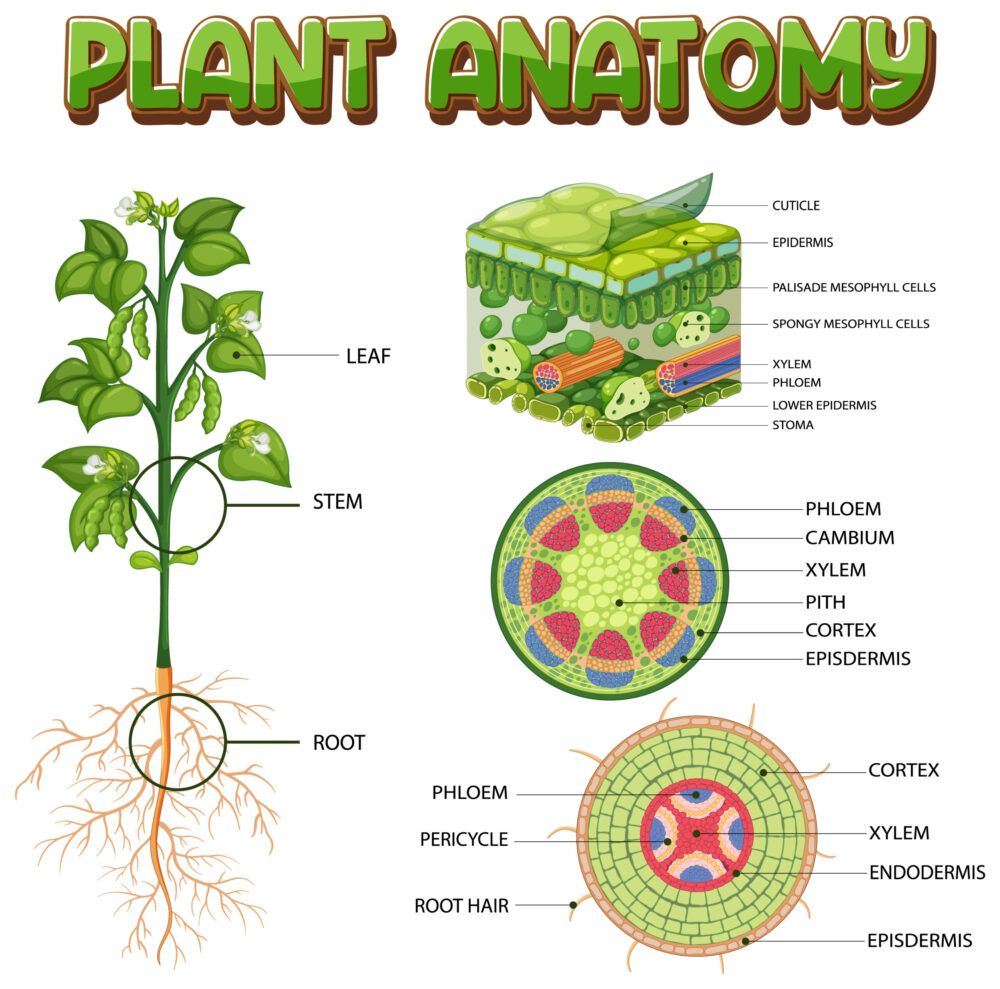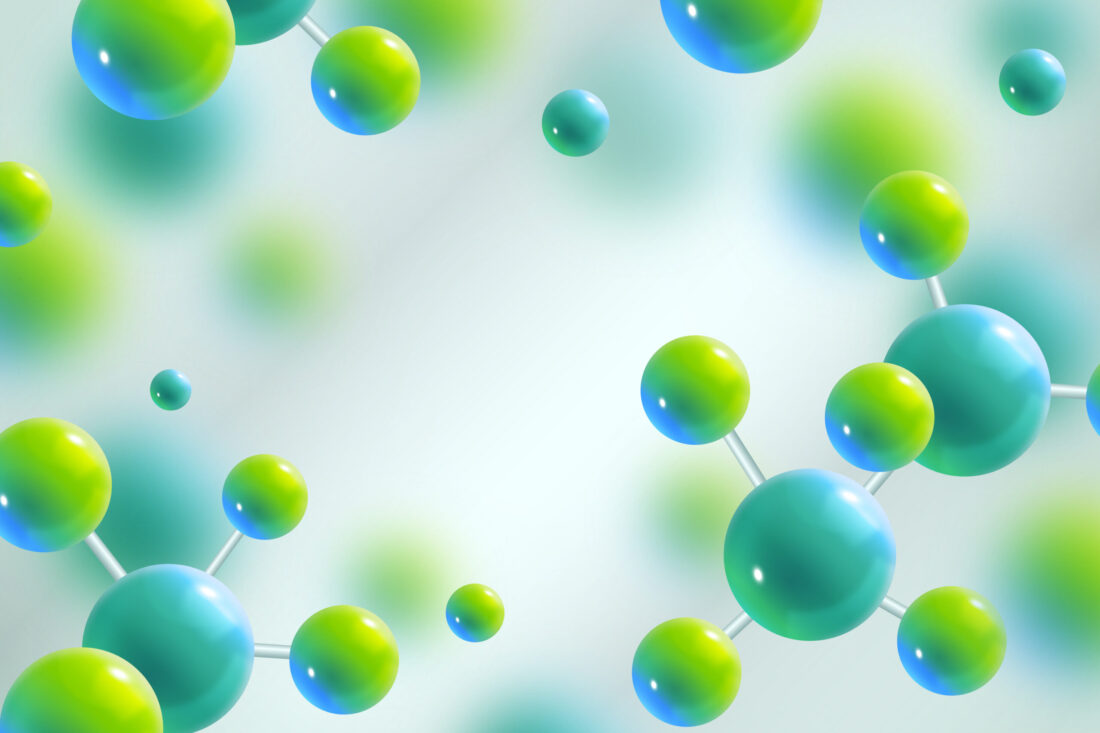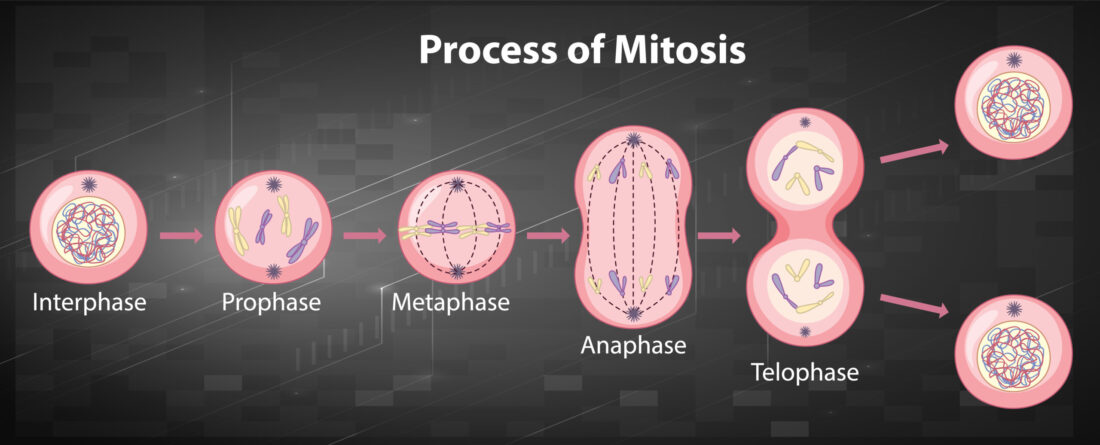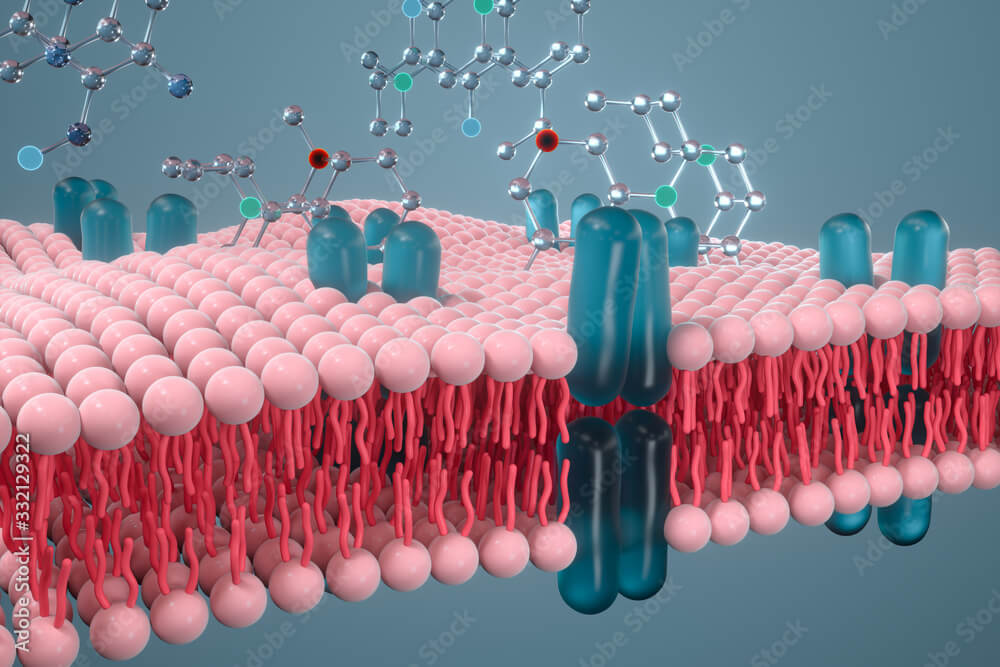Tag: A level biology

Quiz on Cell Theory
Welcome to the Cell Theory Quiz! The cell theory is one of the foundational principles of biology, describing the fundamental building blocks of life. This quiz will challenge your understanding of cell theory, covering its history, key principles, and the discoveries of notable scientists. Whether you’re a student looking to reinforce your knowledge or a…

General Q&A part-4
What is oncology? Oncology is the branch of medicine that specializes in the study, diagnosis, treatment, and research of cancer. Cancer is a complex group of diseases characterized by the uncontrolled growth and spread of abnormal cells in the body. Oncologists are medical professionals who are trained to diagnose and treat various types of cancer,…

Unseen Wonders: Exploring the World of Microorganisms
In a world where the most extraordinary sights often dominate our attention, it’s easy to overlook the microscopic wonders that exist all around us. However, these wonders, known as microorganisms, play a vital role in shaping our planet’s ecosystems, human health, and even the global climate. In this blog post, we will embark on a…

Q&A on Cell Structure
Let’s discuss some Q&A on cell structure. Q1: What is the basic structural and functional unit of all living organisms? A1: The basic structural and functional unit of all living organisms is the cell. Q2: What is the main function of the cell membrane? A2: The cell membrane regulates the passage of substances in and…

Ventricular Septal Defect: Oxygenation Challenge in Infants
A Ventricular Septal Defect (VSD) is a congenital heart defect where a hole exists between the right and left ventricles of the heart. This condition presents a significant challenge for infants as it affects the proper oxygenation of their tissues. This explanation will delve into the details of how a VSD leads to an oxygenation…

The Liver’s Role in Regulating Blood Glucose Levels
The liver plays a central and multifaceted role in the regulation of glucose in the human body. Glucose, a simple sugar, serves as the primary source of energy for cells, and maintaining its levels within a narrow range is crucial for overall health. The liver accomplishes this through various mechanisms, which we’ll explore in detail…

Q&A on plant structure and function
Q: What is the primary function of plant leaves? A: The primary function of plant leaves is to perform photosynthesis, where they convert sunlight, carbon dioxide, and water into glucose and oxygen. Additionally, leaves also facilitate gas exchange and transpiration. Q: How do plant roots contribute to the overall health of a plant? A: Plant…

Plant structure and function
Let’s delve into more detail about plant structure and function: Plant Structure: Roots: Function: Roots have several essential functions, including anchoring the plant in the soil, absorbing water and minerals, and storing carbohydrates. Types: Taproots: A single, large, central root, typical in dicotyledonous plants. Fibrous roots: A network of fine, slender roots, common in monocotyledonous…

Enzymes: Substrate Interaction & Biochemistry
Within the realm of biology, cells rely on intricate processes to sustain life. Catalysts known as proteins play a crucial role in these processes, expediting chemical reactions. These proteins possess a remarkable capability to interact with specific substances, forming the foundation of biochemistry. In this article, we will explore these proteins and their interactions with…

Mitosis: A Comprehensive Explanation of Each Stage and Its Vital Role in Cell Division
Mitosis is a fundamental process of cell division in which a single eukaryotic cell divides into two identical daughter cells, each containing the same number of chromosomes as the parent cell. This process is crucial for growth, tissue repair, and asexual reproduction in multicellular organisms. Mitosis consists of several distinct stages, each with its own…

MCQ on Role of Plasma Membrane
here are some multiple-choice questions (MCQs) about “Plasma Membrane Structure and Function: Key Role in Cell Homeostasis,” along with detailed answers: Question 1: Which of the following components make up the plasma membrane’s basic structure? A) Nucleic acids and proteins B) Carbohydrates and lipids C) Proteins and lipids D) Carbohydrates and nucleic acids Answer 1:…

Plasma Membrane Structure and Function: Key Role in Cell Homeostasis
The plasma membrane, also known as the cell membrane, is a crucial structure that surrounds all living cells. It separates the internal environment of the cell from the extracellular environment, regulating the flow of substances in and out of the cell. The plasma membrane plays a central role in maintaining cell homeostasis, which is the…



